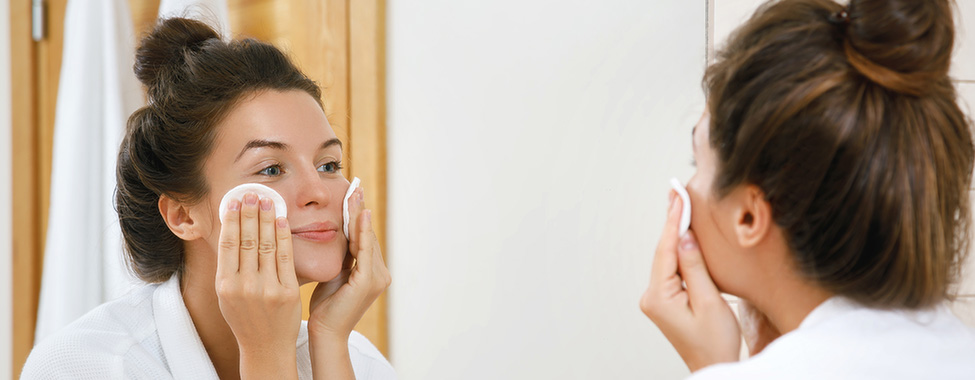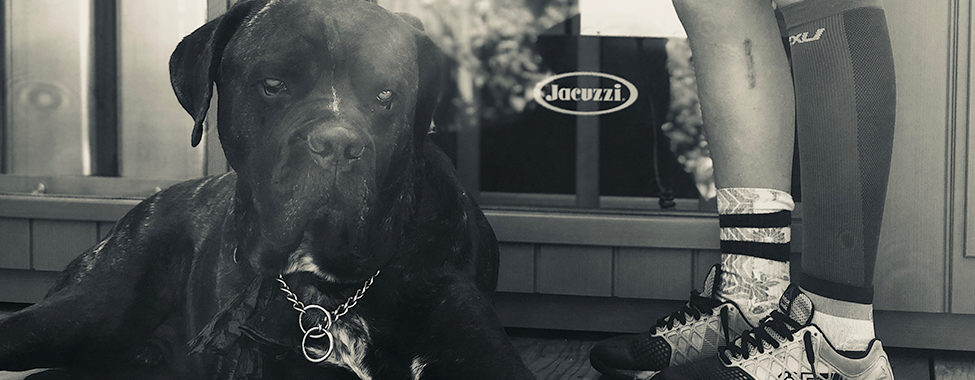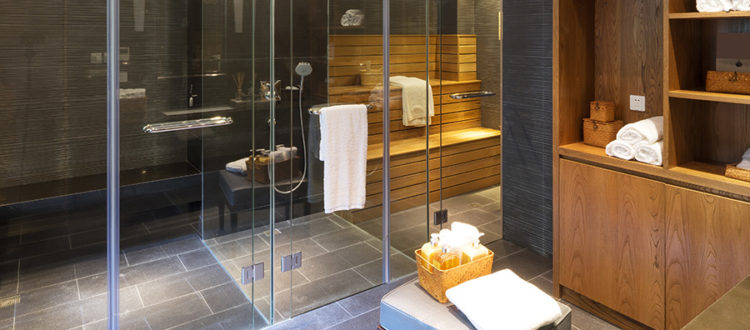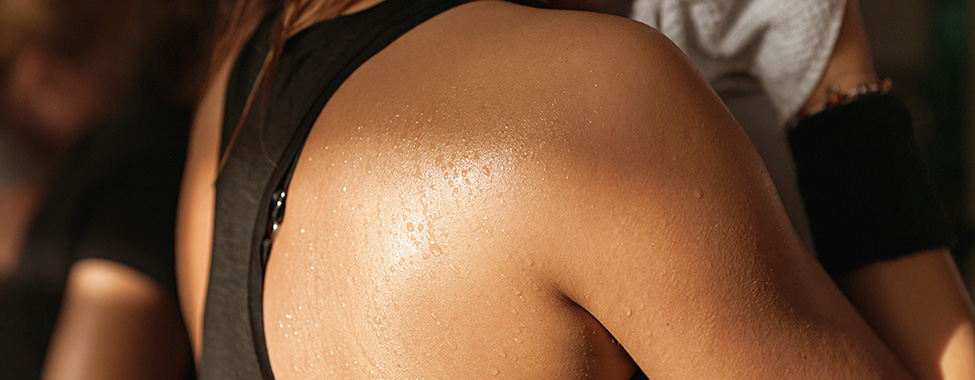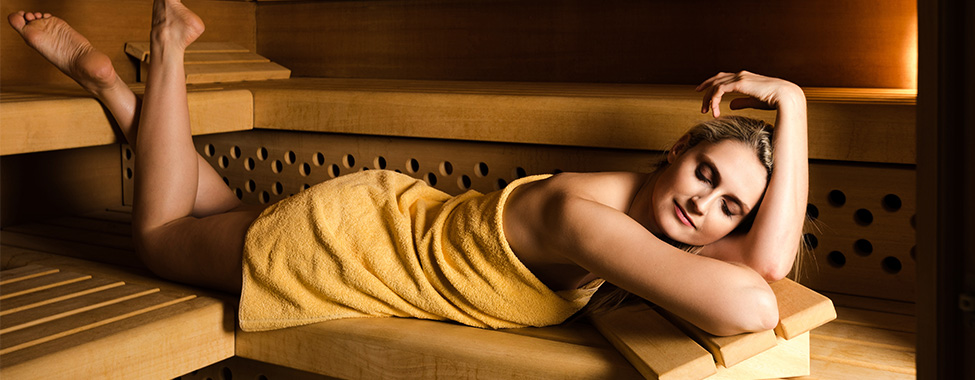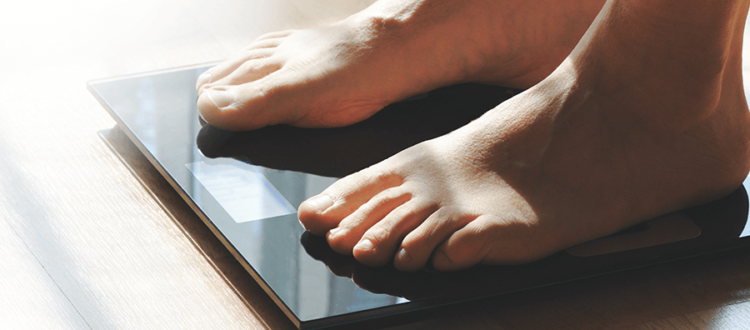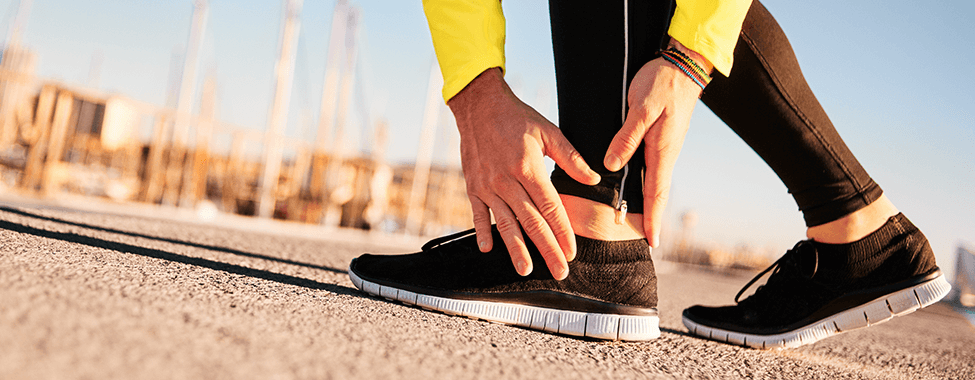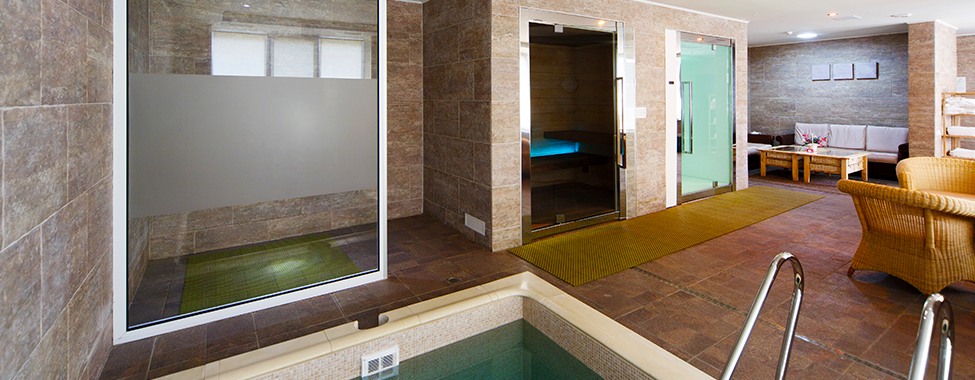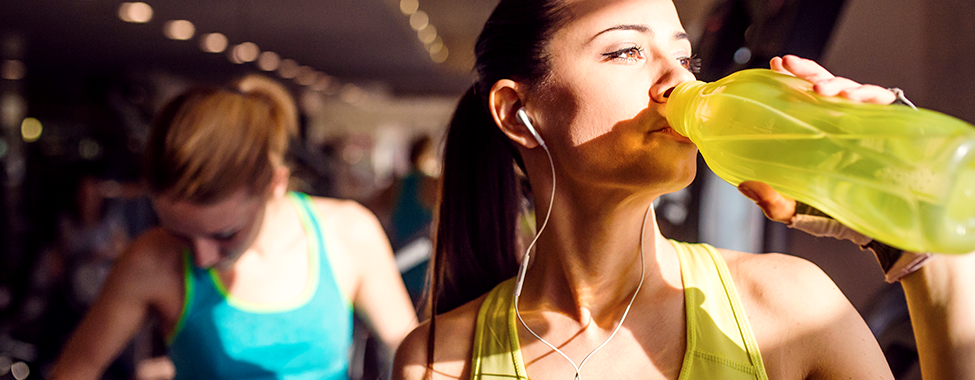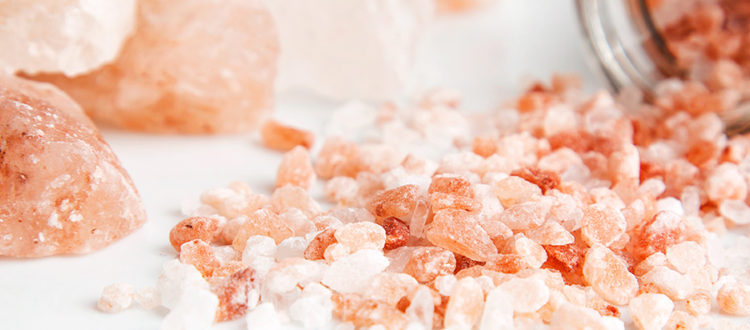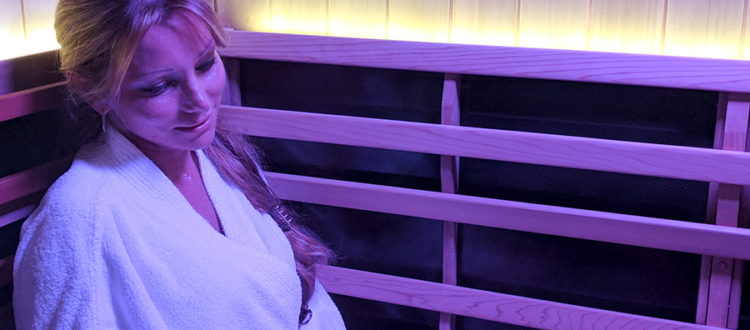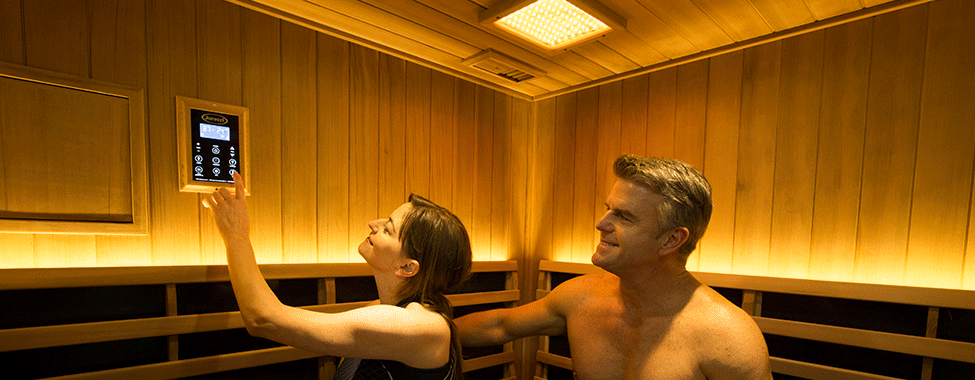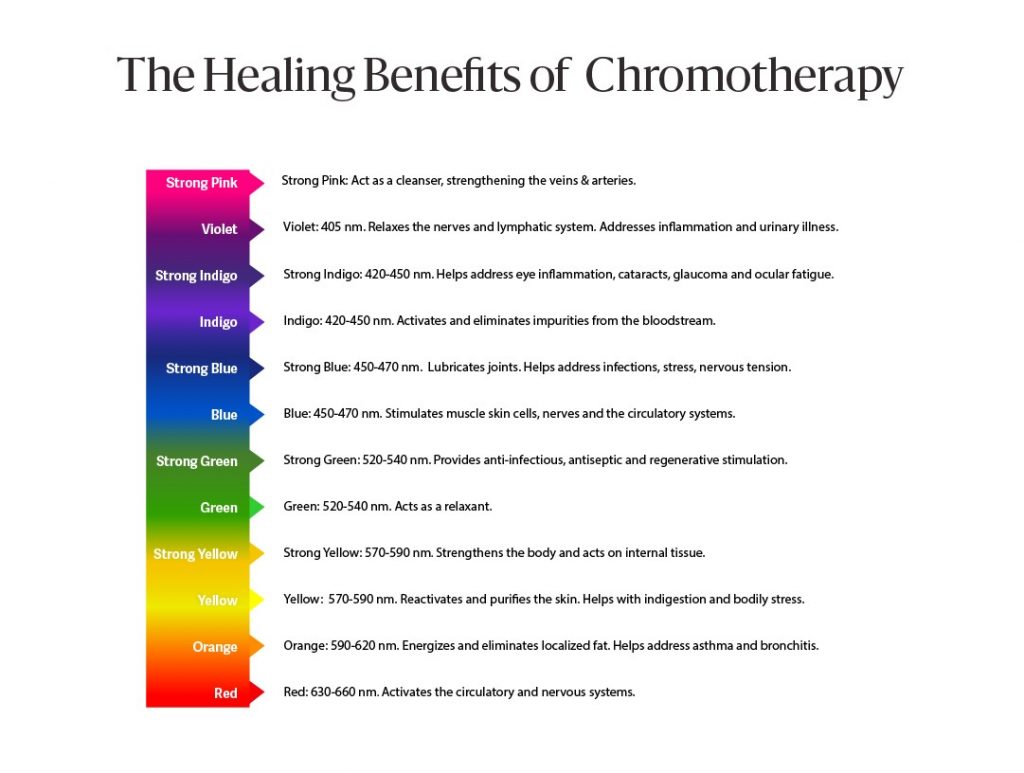October is Emotional Wellness Month, and learning about your own emotional wellness is an important factor in your overall wellness. Just like mental health, emotional wellness impacts many aspects of your life, from physical health to social life. When your emotional intelligence is in a healthy space, you will be able to properly navigate life in a level-headed and self-confident manner. Learn how to boost your emotional awareness and improve your mental health.
What is Emotional Wellness?
How you feel can affect your ability to carry out everyday activities, your relationships, and your overall mental health. How you react to your experiences and feelings can change over time. Emotional wellness is the ability to successfully handle life’s stresses and adapt to change and difficult times.

Emotional vs Mental Health
Mental health involves cognitive thinking and harnessing one’s attention to stay focused, which includes processing information, storing it in memory, and understanding this new information. Mental health includes our emotional, psychological, and social well-being. Mental health also includes appropriately exercising reason and processing any learned information.
Emotional health is the state of positive psychological functioning and involves expressing one’s emotions appropriately for one’s age. Emotional health includes our thoughts, feelings, and behavior internally and externally. It requires managing emotional actions and gauging the appropriate reactions to situations, preventing unnecessary and unhealthy stress, which if severe enough can lead to depression. Maintaining positive emotional health is an active process.
Benefits of Emotional Intelligence
Emotional wellness inspires self-care, relaxation, stress reduction, and the development of inner strength. It is important to be attentive to both positive and negative feelings and be able to understand how to handle these emotions. Emotional wellness also includes the ability to learn and grow from experiences.
Once you accept your feelings, you can begin to understand why you are feeling that way, and decide how you would like to act in response to those feelings. Being emotionally well grants you the power to express feelings without any constraints. Emotional well-being encourages autonomy and proper decision making skills. It is an important part of overall wellness.
How to Improve Emotional Health
In order to begin the route to emotional wellness you must always remember to be optimistic. Optimism allows you to greet all emotions—both positive and negative—with a confident attitude that allows you to learn from your mistakes. Once you have mastered emotional wellness, you will experience life a little differently. Your life will be more balanced and you will develop a deep sense of awareness. Below are some strategies for you to practice in order to boost your emotional wellness.

Use an Infrared Sauna
Using an infrared sauna will help you feel relaxed, rejuvenated, and renewed, which in turn benefits your mental state. Sauna use is a great way to get away and release any built-up tension and stress, and have been shown to affect the autonomic nervous system putting you in the parasympathetic (rest and digest) state allowing your body to heal.
Not only does infrared sauna heat help with physical ailments, which in turn improves mental health, it also helps your mind learn how to better cope with stress and emotions. Studies show that short periods of hyperthermia, like those experienced in a sauna, potentially ease depression because short “hits” of stress can stimulate and benefit brain tissue by teaching the brain how to be better-equipped to handle other forms of stress.
Strengthen Social Connections
Social connections might help protect health and lengthen life. Scientists are finding that our links to others can have powerful effects on our health—both emotionally and physically. Whether with romantic partners, family, friends, neighbors, or others, social connections can influence our biology and well-being.
Seek Support
If you are feeling overwhelmed by emotions, know you are not alone and that there are plenty of available resources to help discuss solutions. Whether your support comes from family, friends, or professionals, reach out to those why can help. As mentioned above, our social connections play a large role in our overall health, especially emotional wellness
Reduce Stress
Everyone feels stressed from time to time. Stress can give you a rush of energy when it’s needed most. But if stress lasts a long time—a condition known as chronic stress—those “high-alert” changes become harmful rather than helpful. Learning healthy ways to cope with stress can also boost your resilience.
Practice Mindfulness
The concept of mindfulness is simple. This ancient practice is about being completely aware of what’s happening in the present—of all that’s going on inside and all that’s happening around you. It means not living your life on “autopilot.” Becoming a more mindful person requires commitment and practice.

Learn Coping Skills
When your world changes, even if just a little bit, it is easy to feel out of touch with your emotions. Although change can feel overwhelming, most people can make it through the coping process with the support of family and friends. Learn healthy ways to help you through difficult times, such as focusing on activities that bring you joy and reduce stress.
Invest Time in Yourself
When not making time for yourself, it is easier to become stressed and lose yourself. Stress can lead to depression, lack of motivation, insomnia, headaches, and tension. The importance of self care is avoiding those symptoms of stress and focusing on bettering yourself from within. Treat your mind to things that make you happy, from classes to spa days.
Get Ample Sleep
To fit in everything we want to do in our day, we often sacrifice sleep. But sleep affects both mental and physical health. It’s vital to your well-being. When you’re tired, you can’t function at your best. Sleep helps you think more clearly, have quicker reflexes and focus better. Take steps to make sure you regularly get a good night’s sleep.
Brighten Your Outlook
People who are emotionally well, experts say, have fewer negative emotions and are able to bounce back from difficulties faster. This quality is called resilience. Another sign of emotional wellness is being able to hold onto positive emotions longer and appreciate the good times.
 Canada
Canada Australia
Australia New Zealand
New Zealand Germany
Germany UK
UK EU
EU Ireland
Ireland Malaysia
Malaysia China
China Japan
Japan



